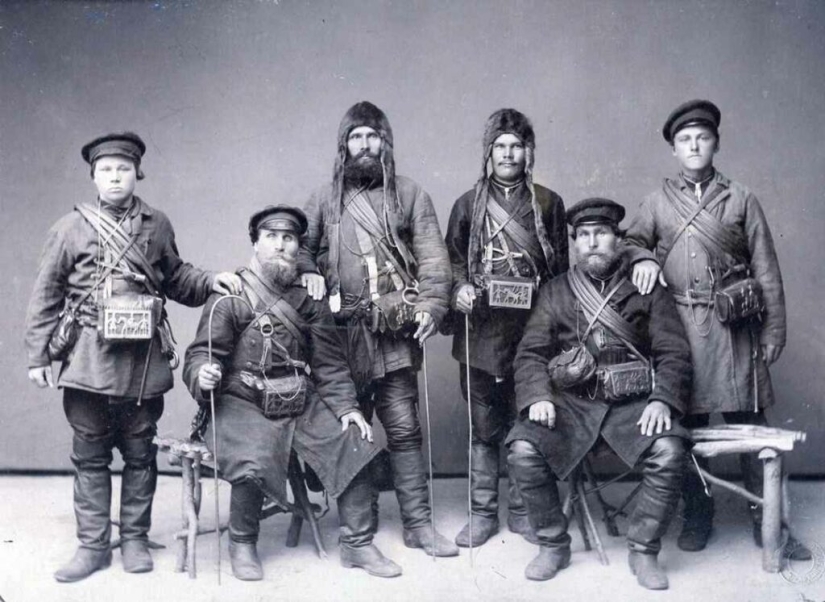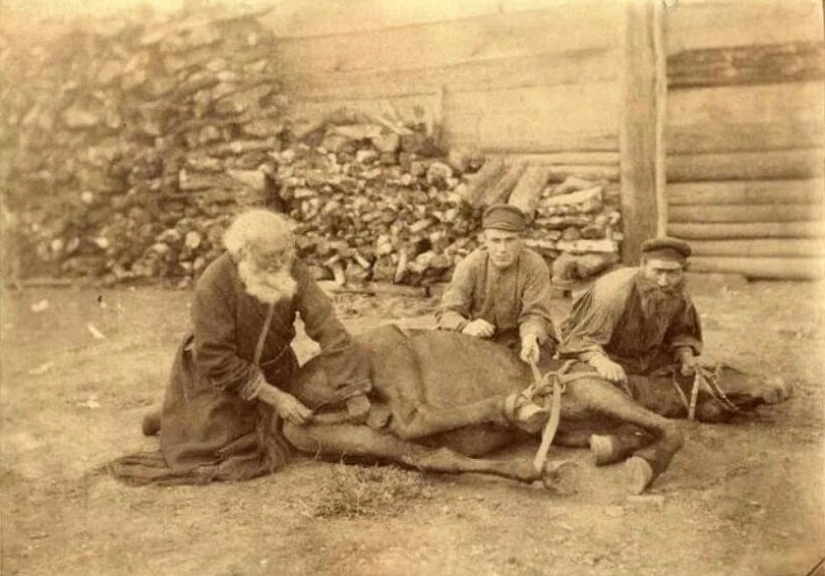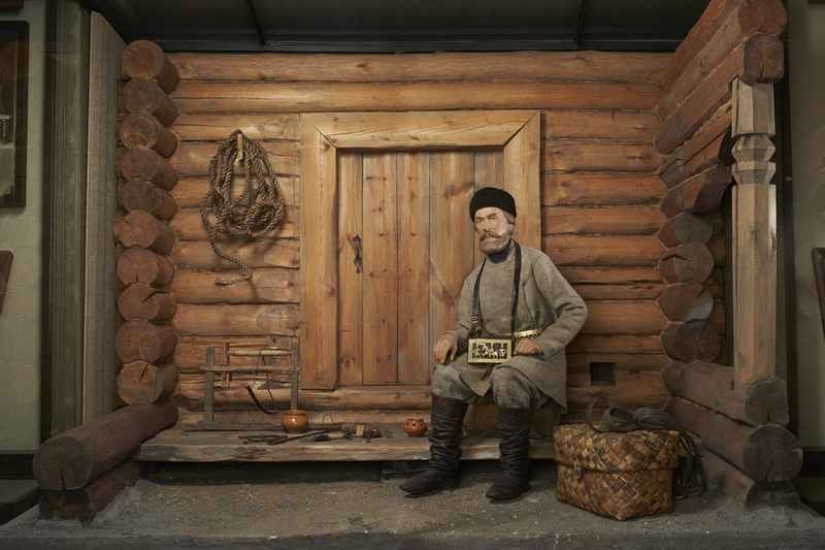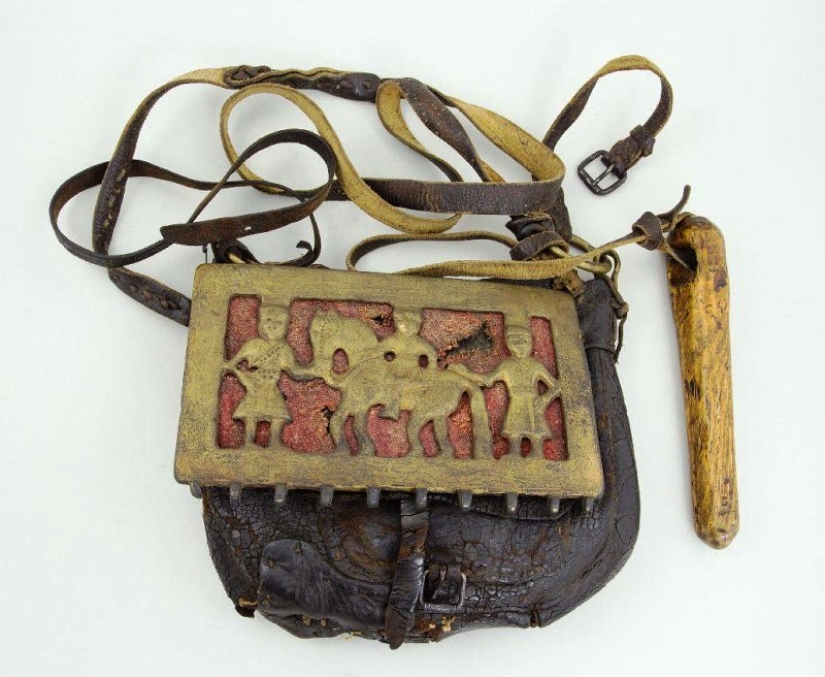Who are farriers and why did their profession disappear?
The word "farrier" has probably been heard by everyone. Today it has a negative connotation and is used as an offensive nickname for doctors with low qualifications. This is the name given to those whose actions cause more harm than good. But once upon a time this word denoted a respected and important profession, especially in the villages of the Russian Empire. Who were farriers really, and why did their profession gradually become a thing of the past?

Initially, farriers were veterinarians without formal education. These specialists did not study at academies or universities, but received their knowledge directly from other farriers, more experienced masters who treated animals. Their services were in demand throughout the country, especially in villages, where there were very few professional veterinarians.

Farriers performed their work quickly and for little money, making them affordable for farmers. They specialized in one main task: castrating domestic animals. Despite the simplicity of their tasks, farriers played a key role in agriculture.
The main duty of a farrier was castration of pigs, bulls, rams and horses. This process was extremely important for peasants, because castrated animals became calmer and gained weight better. Farriers used a minimal set of tools: a knife, tongs, a whetstone for sharpening, as well as ointments and poultices of handicraft production.

Special attention was paid to horses, because they were the most important element of the peasant economy. Horses were castrated most often, and this operation was the most expensive - from 1 to 5 rubles, which was a significant amount at that time. For comparison, castration of a ram could cost only a few kopecks.
The work of a farrier was quite profitable for its time. For example, in the 1870s, a farrier asked from 1 to 5 rubles for castrating a horse, 5-25 kopecks for a piglet, 2-5 kopecks for a ram, and 40 kopecks for a bull.

The cost depended on the complexity of the work and the condition of the animal. Horses, as the most important animals on the farm, required a more responsible approach, so the price for their castration was higher. For comparison: 5 rubles in those days was a significant amount, and for a peasant this work could be a significant part of his income.
The name of the profession "farrier" comes from the method of work. In order to quickly castrate, the farrier often had to roll the animal on its side. This is where the word "valit" (to roll) and the surname Konovalov, which is still found in Russia, come from. Despite the importance of the work, the profession of a farrier was not considered prestigious. In society, they were treated with a certain degree of prejudice, especially if the farrier was a gypsy or a person from the lower social classes.

Gypsies often became farriers, and although they knew their business well, their reputation left much to be desired. Peasants often believed that Gypsies could cheat or carry out an unscrupulous operation. Nevertheless, Gypsies were masters of their craft and continued to provide services despite the negative attitude.
By the beginning of the 20th century, the profession of a farrier began to change. Now this word was used not only for village veterinarians without education, but also for those who had been trained in special educational institutions. These were already qualified specialists, capable of treating cattle for various diseases, and not just castrating.

Educated farriers were held in higher regard than their predecessors. Both continued to work mostly alone. There were cases when veterinarians united into teams in order to provide assistance to a larger number of clients.
A farrier could be easily recognized by his bag, in which he carried all the necessary tools for work. This bag was not just a utilitarian item - it often had a copper plaque with an image of a horse or people, which symbolized the profession of a veterinarian. The bag was a symbol of skill and professionalism, and its appearance could say a lot about the owner.

The profession of farrier has gradually become a thing of the past, giving way to professional veterinarians with education. But their contribution to the development of agriculture cannot be underestimated. Farriers helped farmers cope with the most important tasks, ensuring the health and well-being of livestock.
There were many other unusual professions in Rus', which few people know about today. What do you think about the profession of a farrier? Have you heard anything about this mysterious profession before? Share your opinion in the comments!
Recent articles

There are many places in the world where only the chosen ones can be. The cities of Mecca and Medina in Saudi Arabia are well known ...

This collection of photos will clearly please the little inner perfectionist who lives in each of us. It doesn't matter how much ...

If you don't feel good about the donut you ate for lunch, relax - it can get worse ... At least you didn't eat the ...